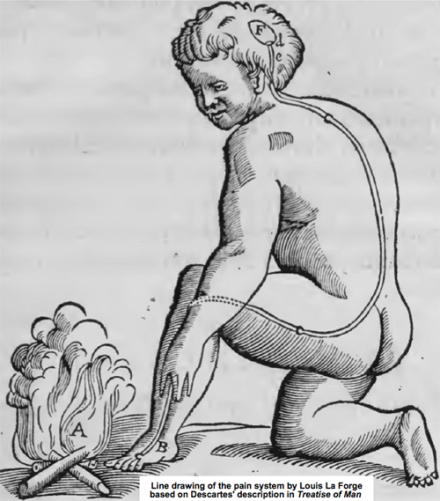Pain is the product of one of the most basic parts of the nervous system. That system is essential in protecting us from injury. However, dysfunction in the system can result in pain that doesn’t remit, has no benefit, is so severe that it impairs normal functioning, and even threatens one’s ability to continue living. As a neurology trainee I took to heart Dr. Marcia Angell’s words: “Few things a doctor does are more important than relieving pain… pain is soul destroying. No patient should have to endure intense pain unnecessarily.” This from a 1982 editorial in the New England Journal of Medicine called “The Quality of Mercy”, which stressed the need to treat pain in hospitalized patients with opiates and not over-exaggerate the dangers of narcotics. Though greater attention is now given to treatment of pain in the hospital, the country is faced with an epidemic of out-of-hospital deaths related to prescription opiate overdose. Clearly there is tremendous need for new solutions that treat pain and prevent suffering but are safe. Though secondary to the burden of suffering and major loss of quality of life for millions of people, chronic pain also costs the nation hundreds of billions of dollars each year in medical treatment and lost productivity.

The 2010 Patient Protection and Affordable Care Act includes a number of provisions designed to advance pain research, care, and education. It called for the creation of the Interagency Pain Research Coordinating Committee (IPRCC) by the Department of Health and Human Services (HHS). On behalf of HHS, the NIH established the IPRCC to coordinate all pain research efforts within HHS and across other Federal Agencies. The 2010 Patient Protection and Affordable Care Act also directed HHS to enlist the Institute of Medicine (IOM) in examining pain as a public health problem. To that end, in 2011 the IOM released a report entitled Relieving Pain in America. In the report, the IOM presented a blueprint for action in transforming prevention, care, education, and research, with the goal of providing relief for people with pain in America.
A core recommendation of the IOM report is: "The Secretary of the Department of Health and Human Services should develop a comprehensive, population health-level strategy for pain prevention, treatment, management, education, reimbursement, and research that includes specific goals, actions, time frames, and resources." The IOM report highlighted specific objectives for the strategy:
- Describe how efforts across government agencies, including public–private partnerships, can be established, coordinated, and integrated to encourage population-focused research, education, communication, and community-wide approaches that can help reduce pain and its consequences and remediate disparities in the experience of pain among subgroups of Americans.
- Include an agenda for developing physiological, clinical, behavioral, psychological, outcomes, and health services research and appropriate links across these domains.
- Improve pain assessment and management programs within the service delivery and financing programs of the federal government.
- Proceed in cooperation with the Interagency Pain Research Coordinating Committee and the National Institutes of Health’s Pain Consortium and reach out to private-sector participants as appropriate.
- Involve the appropriate agencies and entities.
- Include ongoing efforts to enhance public awareness about the nature of chronic pain and the role of self-care in its management.
HHS charged the IPRCC with creating a comprehensive population health-level strategy, now called the National Pain Strategy, to begin addressing these objectives. To do this, the IPRCC established an Oversight Panel to coordinate and integrate the efforts of six focused working groups on the following topics: Professional Education and Training; Population Research; Public Health: Service Delivery and Reimbursement; Public Health: Prevention and Care; Public Health: Disparities; and Public Education and Communication. These groups included patient advocates; academic scientists; and Federal representatives of the NIH, Department of Defense, Centers for Medicare & Medicaid Services, Centers for Disease Control and Prevention, Department of Veterans Affairs, Agency for Healthcare Research and Quality, Indian Health Service, and Food and Drug Administration. A description of these groups, along with their rosters, is available. The National Pain Strategy is now released in the Federal Register on April 2nd, in draft form for public comment. The public comment period will remain open through May 20th, 2015. HHS invites input from a broad range of individuals and organizations that have interests in advancing the fundamental understanding of pain and improving pain-related treatment strategies. If you would like to submit a comment, instructions on how to do so, along with the email and postal mail addresses, are available in the Federal Register Notice.
